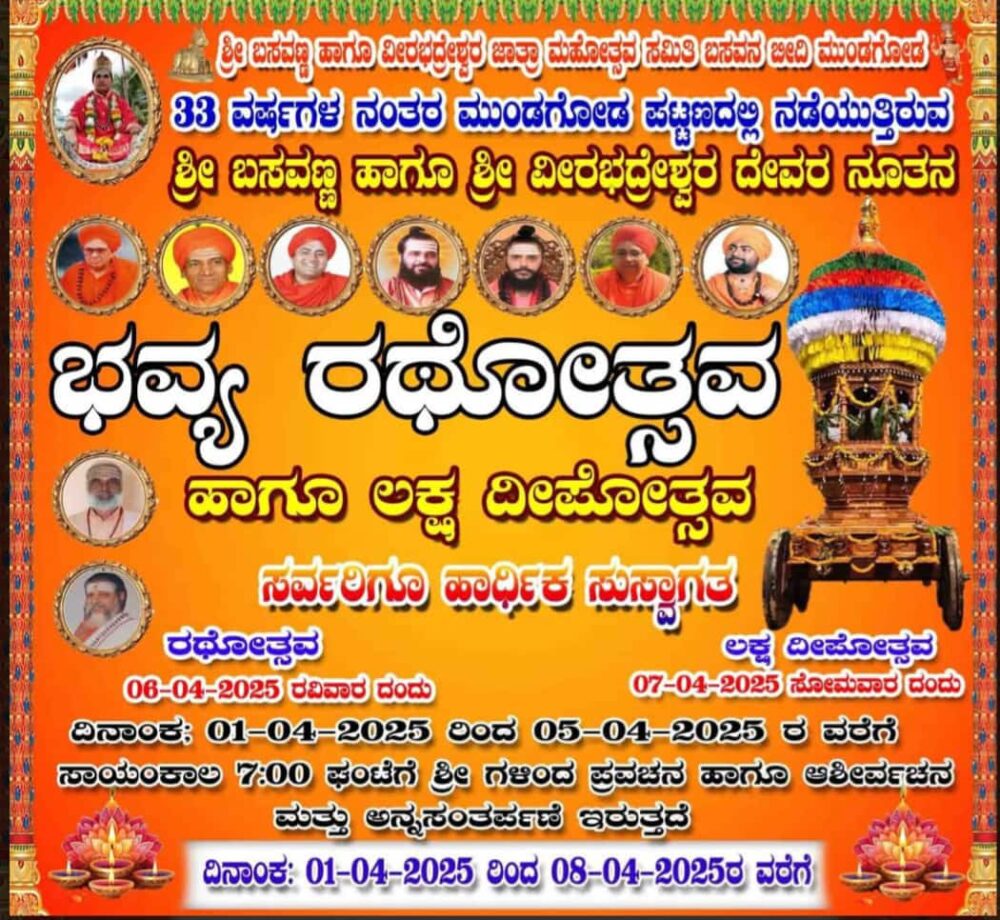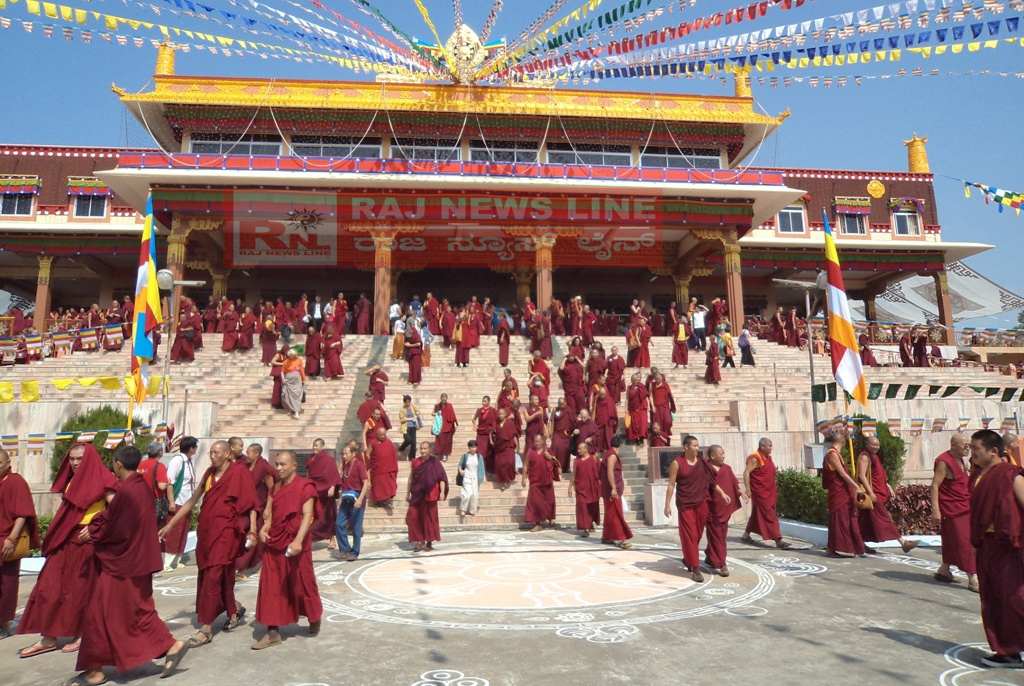
Introduction
This settlement is one of the settlement proposed by Central Tibetan Administration in early 1960’s to the Government of India. Thus Government of India consultation with the state Government of Karnataka agreed to provide 4,045.29 acres of mostly forestland near Taluk village in Uttara Kannada district. Doeguling Tibetan Settlement in Mundgod was established in 1966 and at the begining the settlers were provided with tents and bamboo huts for temporary shelter and provided with free dry rations, all the settlers work together on co-operative basis.
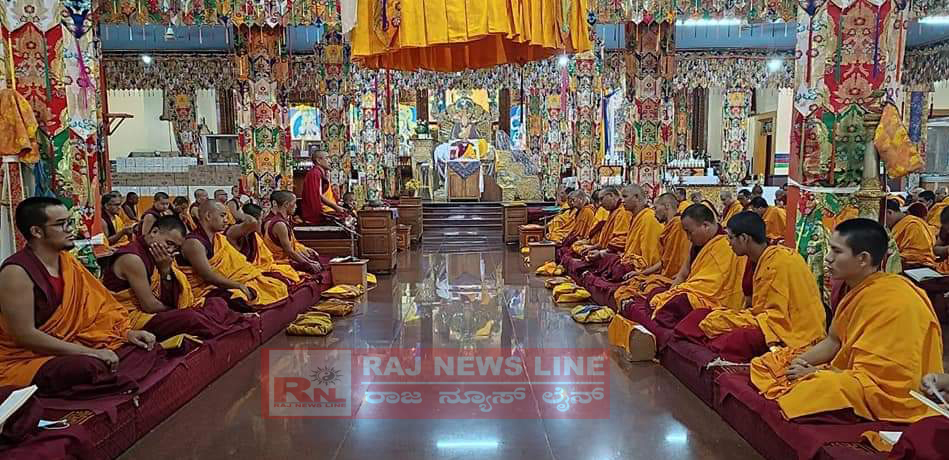
Settlement Location:
This settlement is situated in Tattihalli in Mundgod Taluk of Karnataka State, India. It is about 267 miles north of Bylakuppe and about 32 miles south of Hubli, the nearest railway station. Hubli is 404 km North east of Bangalore City and is linked by metergauge railway and is on the Bangalore-Pune National Highway. The altitude at Mundgod is approximately 1800 ft. above sea level and the temperature ranges between 78° – 90° Fahrenheit with an average rainfall of 42″ to 45″ annually. This settlement is one of the largest Tibetan refugee settlements in India.
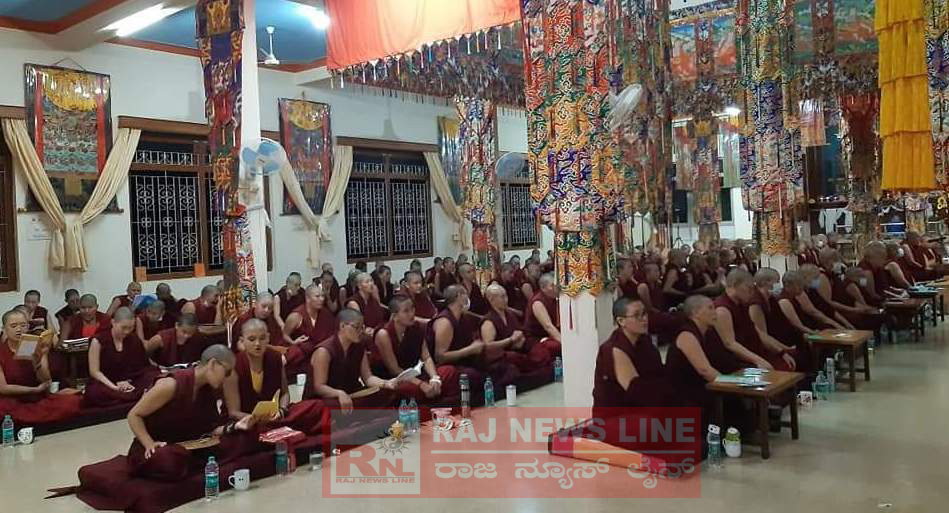
Settlement Population
4,203
Initial population
8,400
Present population
No of Villages in the settlement
The settlement is divided into 11 villages, out of which two villages are exclusively for monastery. These 11 villages are scattered at difference location, and the distance between each camp is on an average 4-6 kms. Each village has its own elected leader who decides over all decision of his village, however the representative of the settlement is the overall head of the settlement.
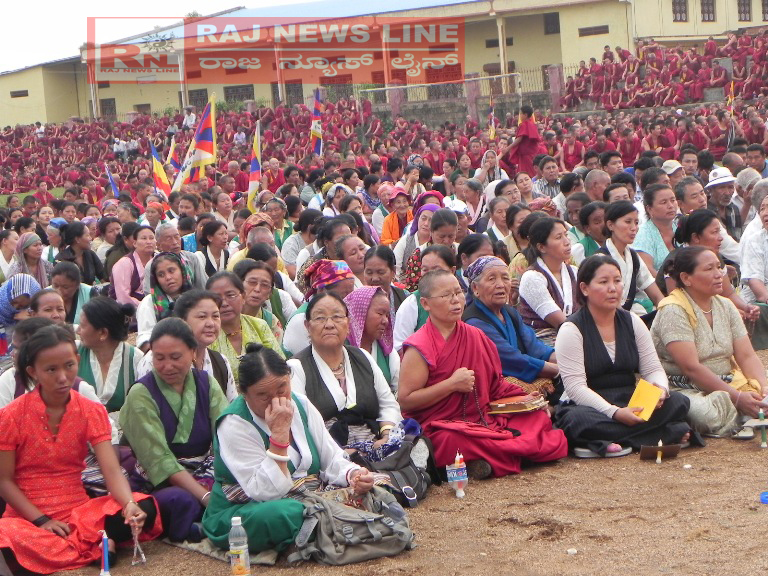
Settler’s Livelihood:
Most of the original families have a small piece of agricultural land for their living. Due to lack of irrigation facilities,the rain-fed crop agriculture is practiced, which is not sufficient to sustain the families on farming alone. Besides agricultural, the settlers are engaged in trading, restaurants, shop-keeping, and seasonal sweater selling etc.
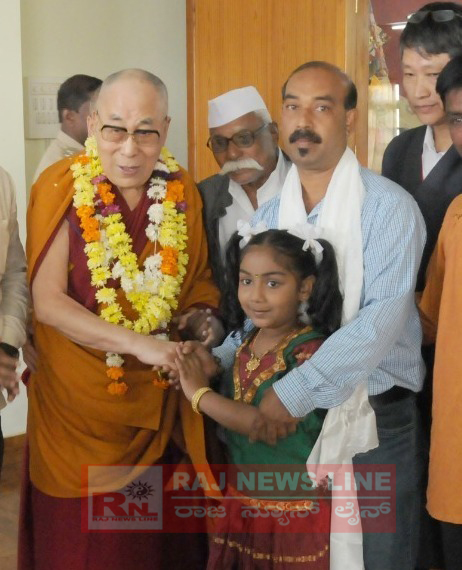
Facilities in the settlement
School 9 nursery school
8 pre-primary school
1 Sambhota primary school
1 Secondary school
1 Sambhota higher senior secondary schoolHealth facilities
DTR Hospital under Health Department
Gaden Jangtse Hospital
Drepung Loseling Hospital
There are 2 units of Tibetan Medical and Astro Institute
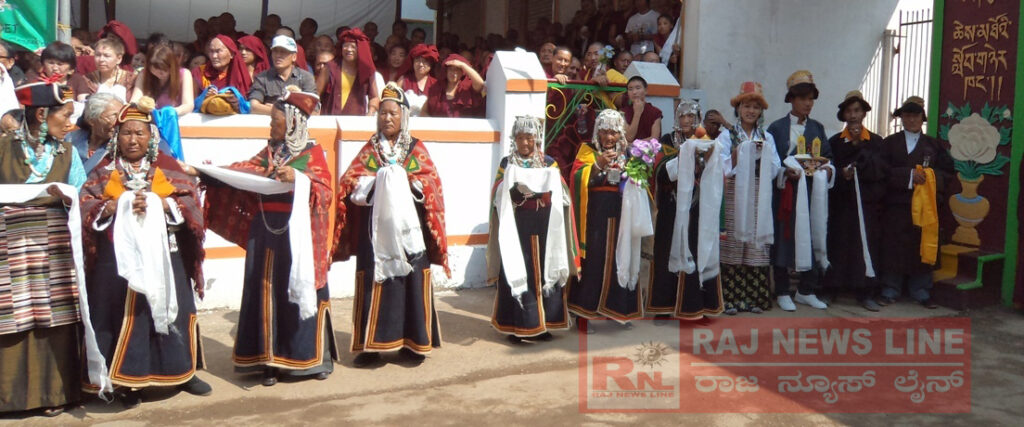
Monastery
The settlement has 9 monasteries:
Ganden Jangtse
Ganden Shartse
Nyingma
Drepung Loseling
Drepung Gomang
Ratoe
Kague Monastry
Sakya
Jangchub Choeling

Co-operative Society
The settlement has Co-operative Society looks after the supply of seeds, fertilizers and tractarization of their fields and the farmers repay these credit facilities in kind. The co-operative Society also helps market their produce, mainly maize. Like co-operative Societies in other refugee’s settlement, this co-operative is also consisted of self-team of, one co-operative secretary appointed by CTA, accountant cashier and in charges.
Under the management of the Co-operative Societies there are five shops, a dairy farm and a mechanical workshop, dairy, truck section, low cost Building Center, Handicraft centers have been set up to provide employment, to preserve the Tibetan tradition carpet weaving, and to generate the income for the co-operative societies.
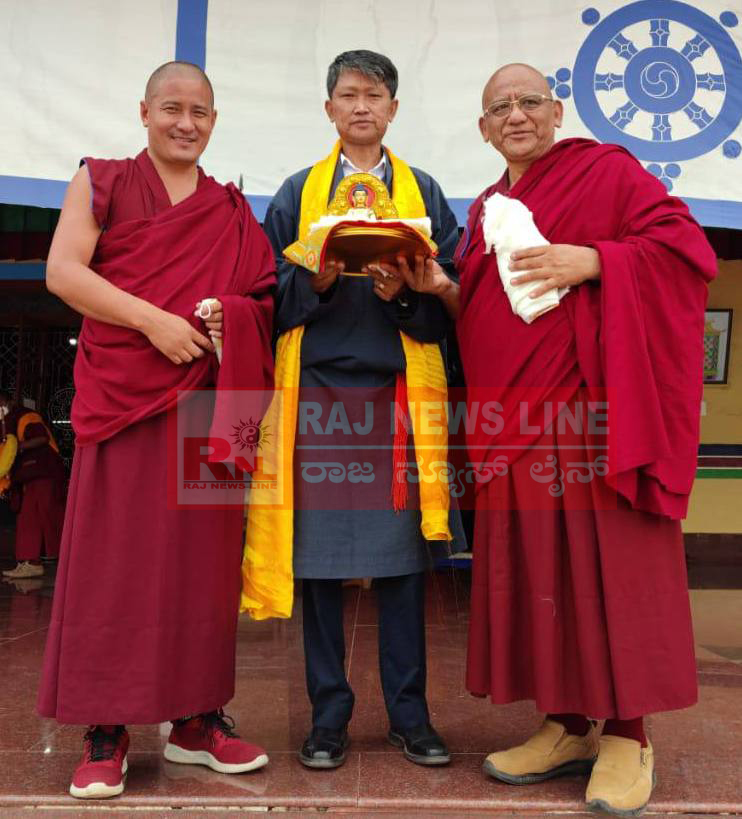
Old People’s HomeOne Old People Home
.Administrative setup
Representative
This settlement has a Settlement officer who is the Representative of the Department of Home appointed by Central Tibetan Administration (CTA), Dharamsala. Settlement officer is the principle post of the settlement. He is charged with overall control of running of affairs in the settlement. Under the Representative there are chief executive officer Co-operative society, appointed by CTA, Manager of the workshop and other small handicraft and also village leaders.
The Representative acts as the liaison between the settlement and the Department of Home (CTA) and is the main source of information for the people in the settlement. The roles of Chief Diplomat, Chief Justice and Head of the settlement are all combined in one post. Daily task for the representative range from adjudicating disputes to communicating with group leaders and outside authorities, and generally watching over the running of all aspects of the settlement.
Group Leaders
The functioning or activities of every settlement are more or less similarly to each other. There are 11 villages in this settlement and each of these 11 villages possess an elected group leaders whose job is to act as an intermediary with relevant authorities, pass on information, settle disputes and collect money. Group leaders are not elected for their policy-making idea, nor do they campaign on certain issue. These group leaders are chosen on the basis of their strength of personality and once ability to stand before the interest of their village. The duty of the leader is more or less like the representative, but on smaller and more personal scale.
